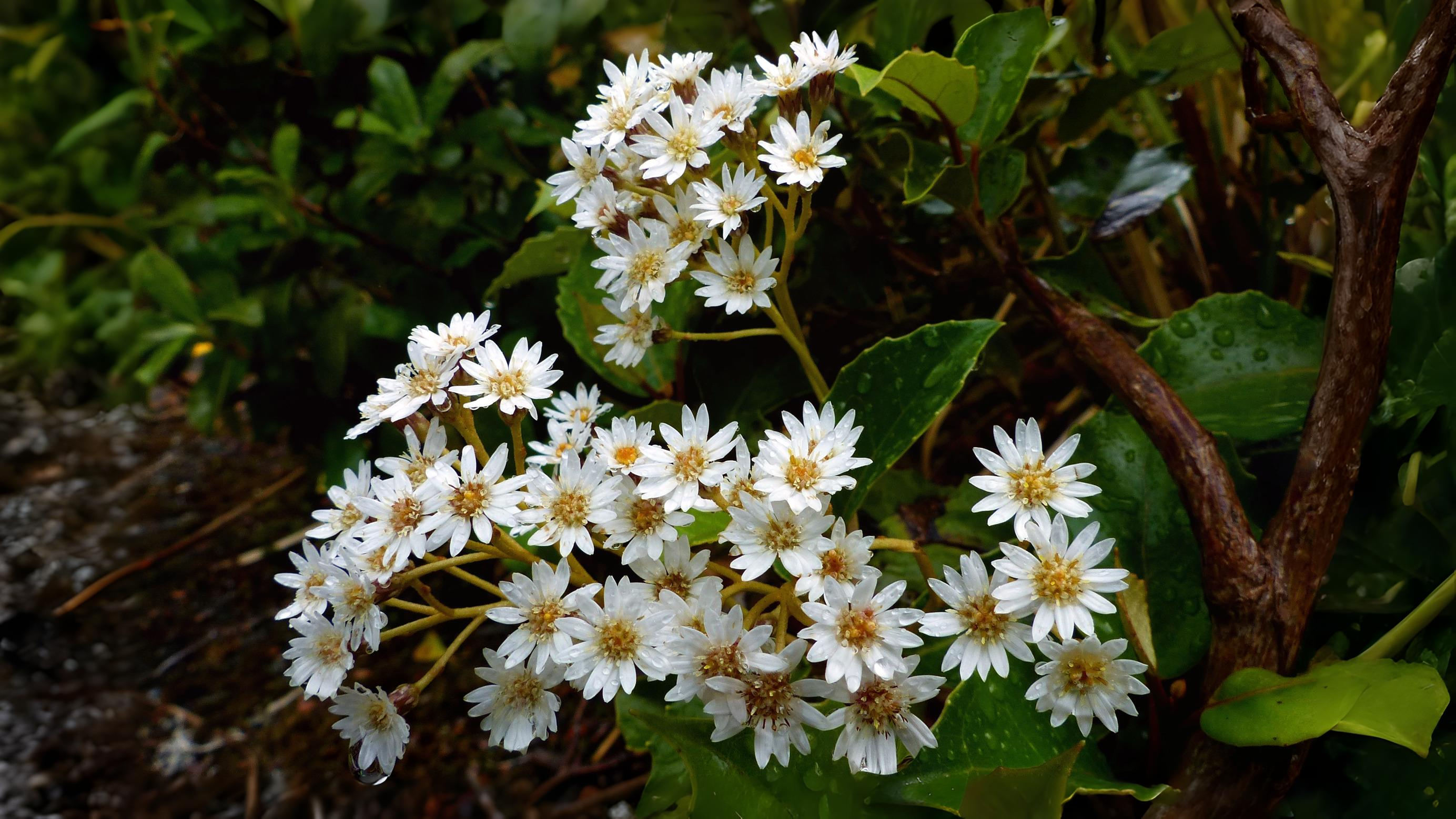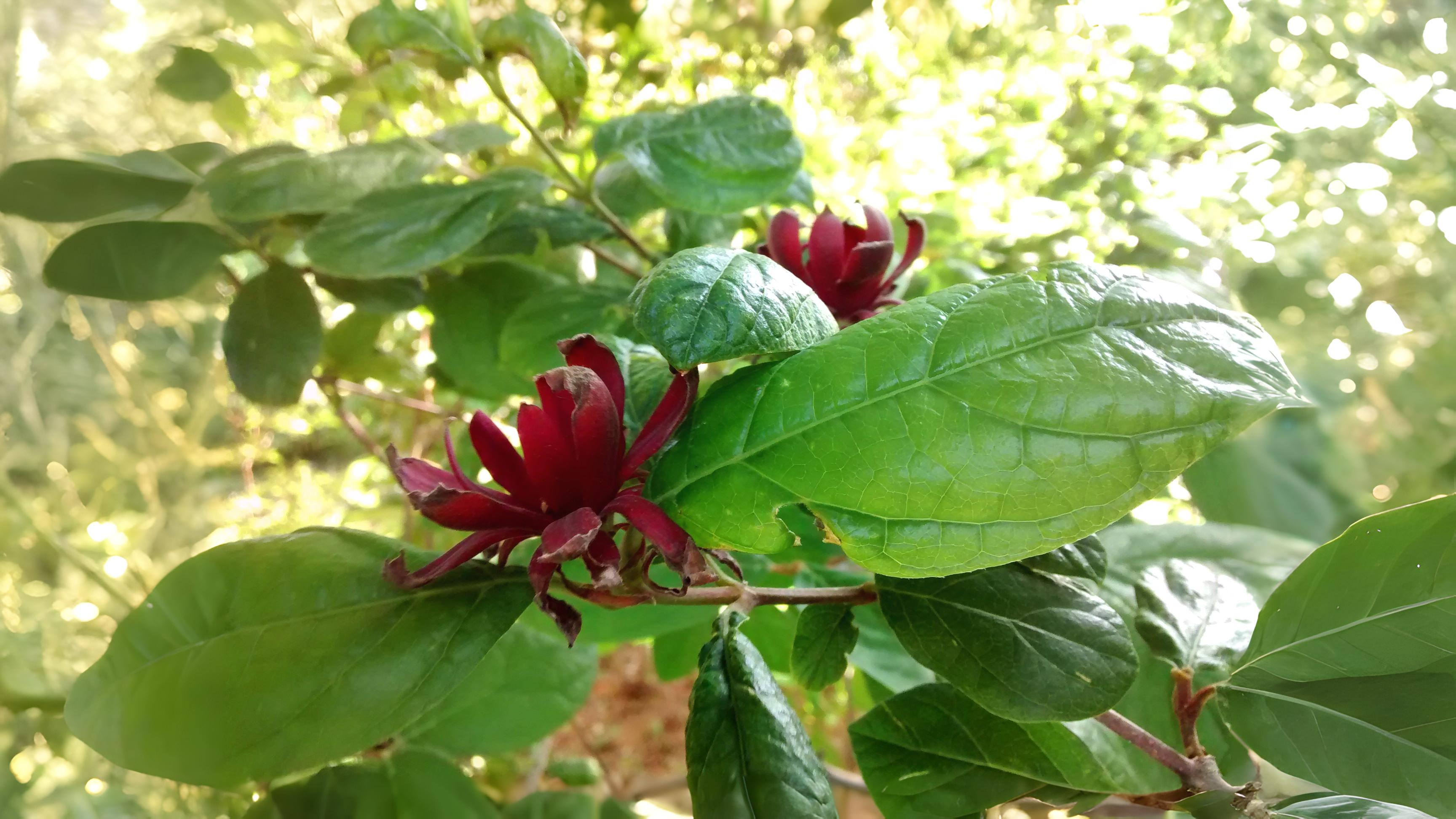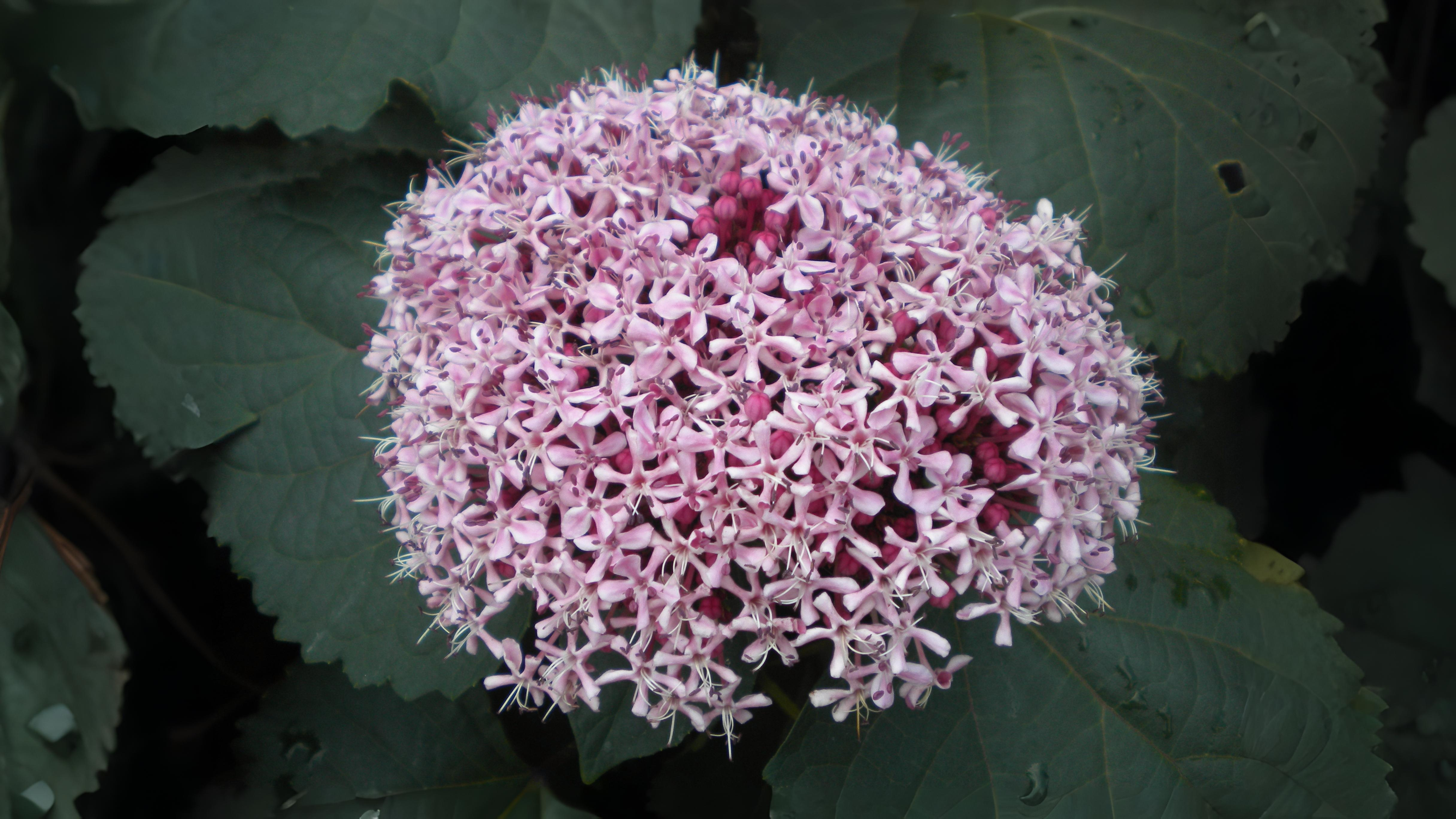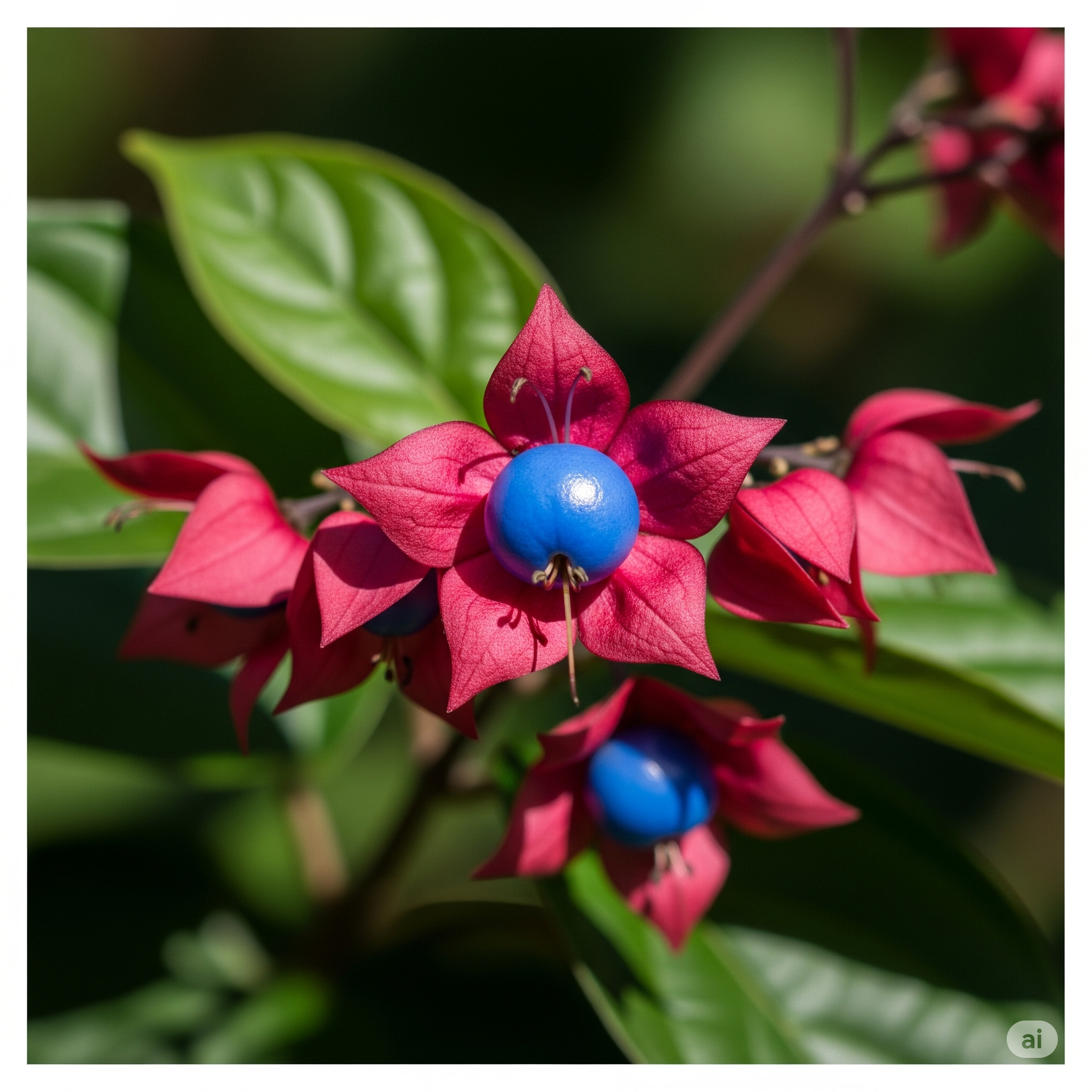
Return on August 27th for the full article!
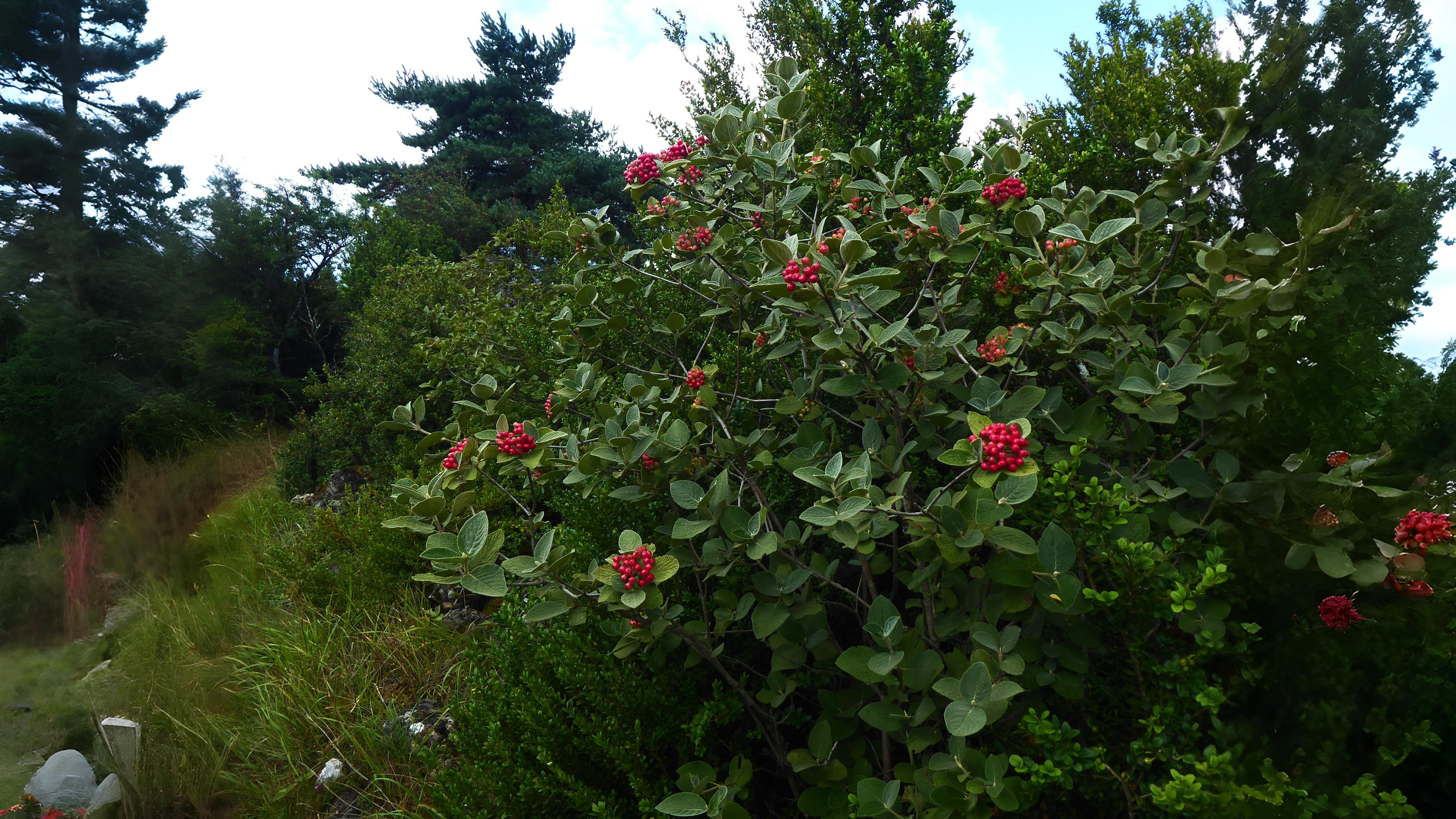



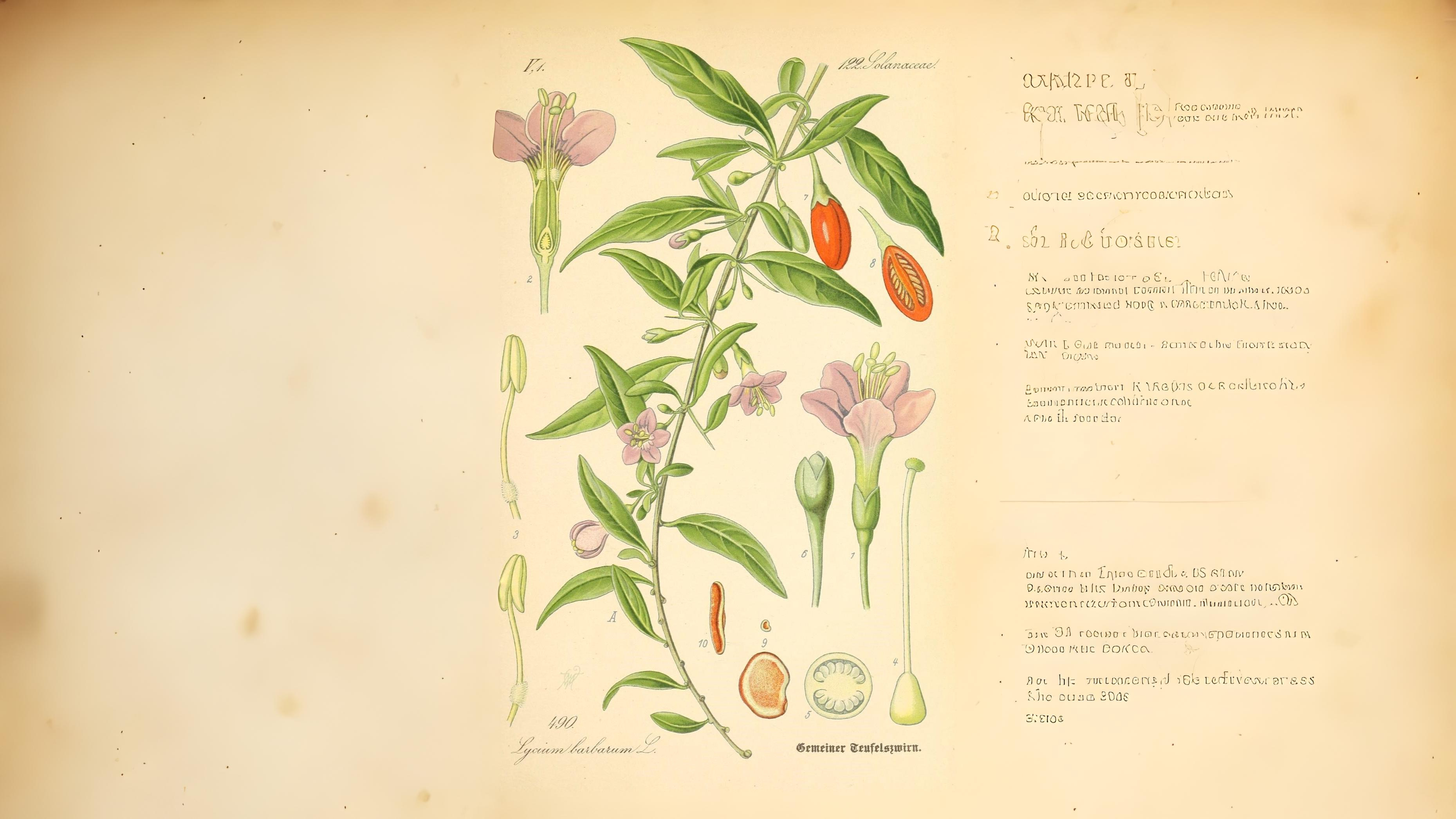

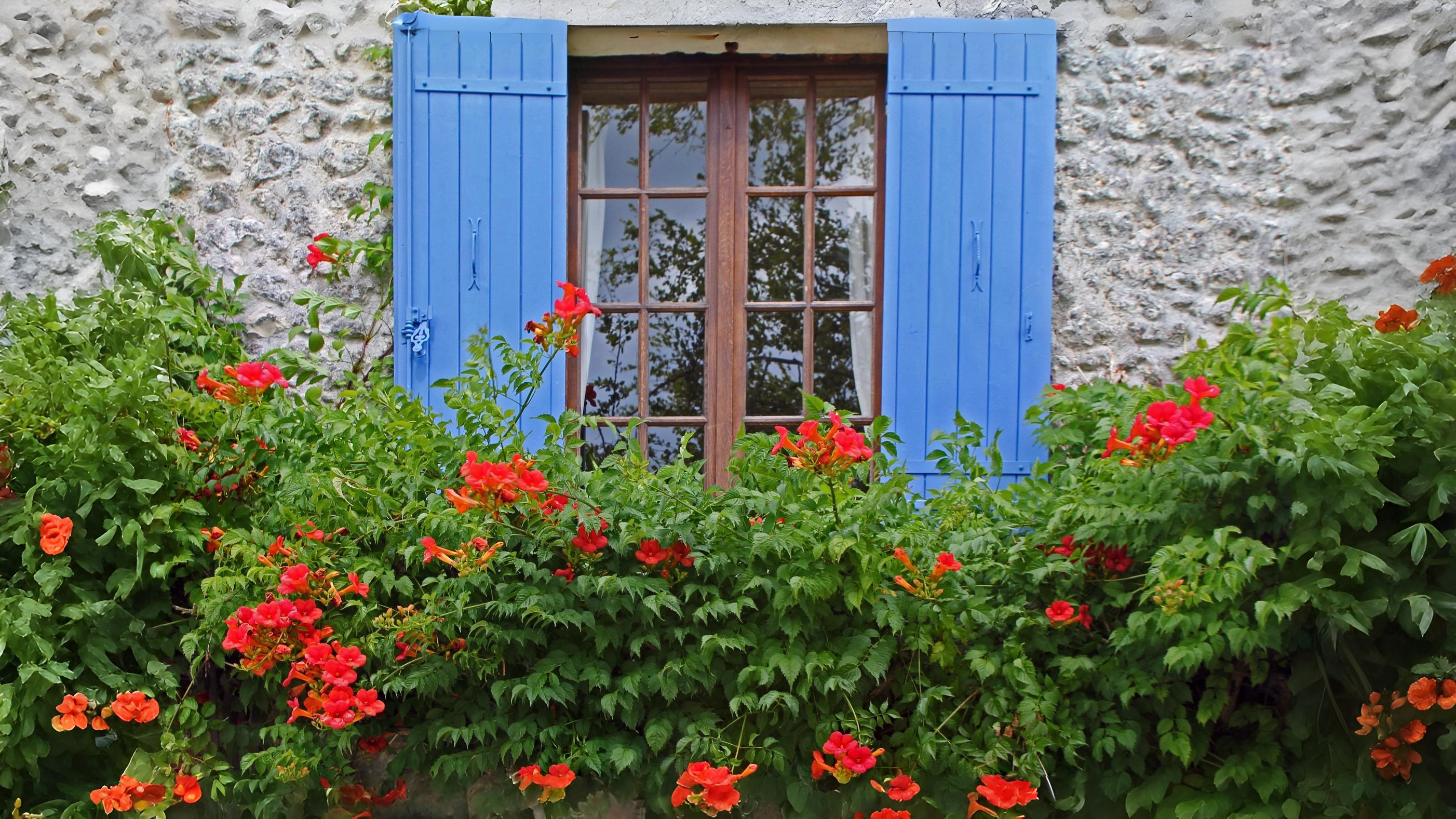

Rarer shrubs. sadly, seem to be confined to large collections such as those at Kew or Wisley and occasionally the gardens of country houses. Sub shrubs, shrublets or dwarf shrubs are occasionally found in borders or rockeries, but often go unnoticed. One or two exotics escape from conservatories in central areas and some get planted in tropical borders. Considering the excitement that met the arrival of new shrubs in the last two centuries, especially from the Americas and Far East, it is sad there are so few in any abundance now.
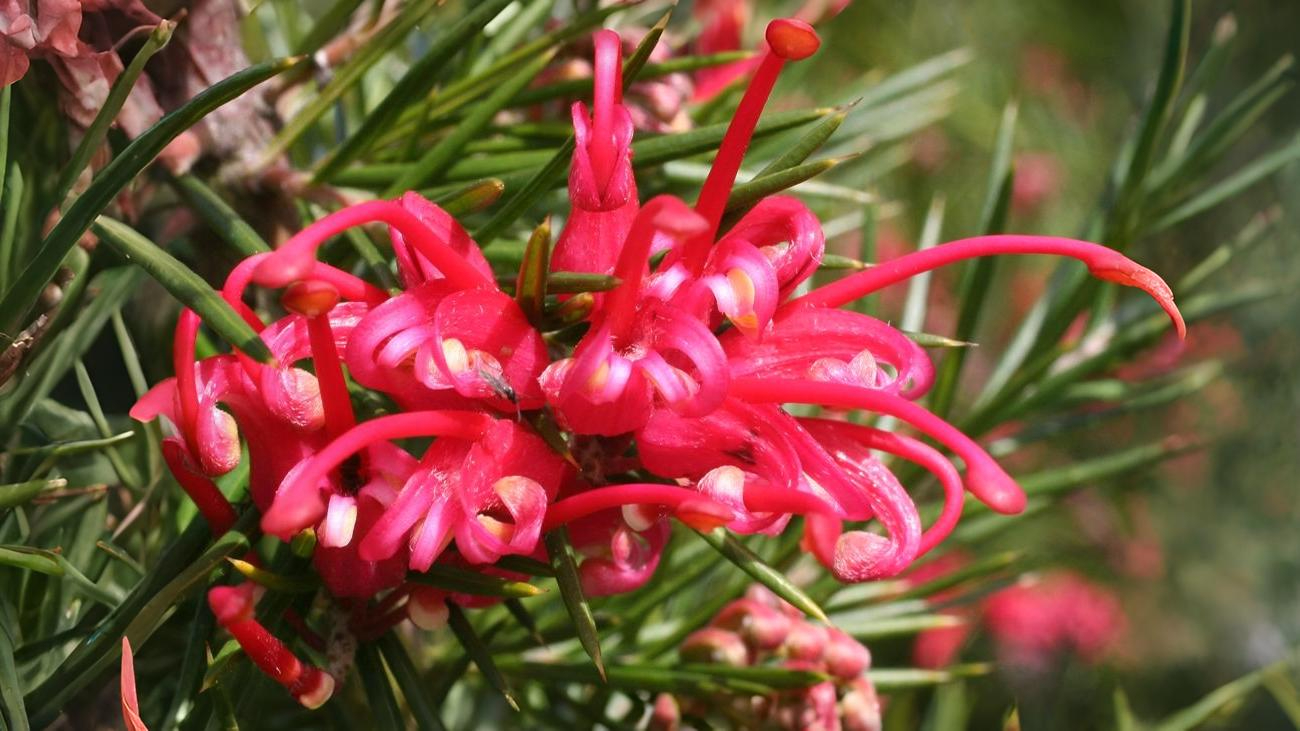

The shrubs most commonly seen while walking around London are Hydrangea, Hypericum, Viburnum, Lavatera, Berberis, Deutzia, Ceanothus, Spiraea, Hibiscus, Salvia, Leycesteria, Yucca, roses and to a lesser extent Escallonia, Punica, Abelia and Olearia.
